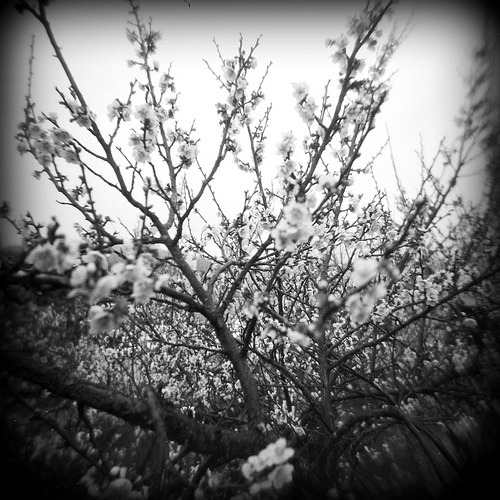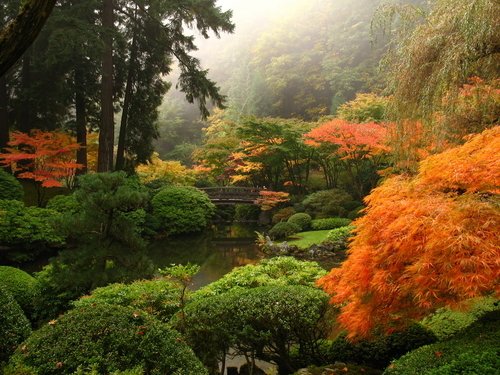seed capsules is the name of my tumblr site:
keeping place for visual and other ideas .
Below is a rather fascinating tumblr find from Japan on the Japanese calendar... through wiki I then found a lot more information on this. I loved the way that the seasons are far more precisely defined on this calendar thus giving a whole more intense awareness of the passing if time.
 |
When having four seasons and twelve months becomes a bore, the Japanese have fortunately divided the year into the much more interesting set of 24 sekki (節気):
- Risshun (立春): February 4—Beginning of spring
- Usui (雨水): February 19—Rain water
- Keichitsu (啓蟄): March 5—awakening of hibernated (insects)
- Shunbun (春分): March 20—Vernal equinox, middle of spring
- Seimei (清明): April 5—Clear and bright
- Kokuu (穀雨): April 20—Grain rain
- Rikka (立夏): May 5—Beginning of summer
- Shōman (小満): May 21—Grain full
- Bōshu (芒種): June 6—Grain in ear
- Geshi (夏至): June 21—Summer solstice, middle of summer
- Shōsho (小暑): July 7—Small heat
- Taisho (大暑): July 23—Large heat
- Risshū (立秋): August 7—Beginning of autumn
- Shosho (処暑): August 23—Limit of heat
- Hakuro (白露): September 7—White dew
- Shūbun (秋分): September 23—Autumnal equinox, middle of autumn
- Kanro (寒露): October 8—Cold dew
- Sōkō (霜降): October 23—Frost descent
- Rittō (立冬): November 7—Beginning of winter
- Shōsetsu (小雪): November 22—Small snow
- Taisetsu (大雪): December 7—Large snow
- Tōji (冬至): December 22—Winter solstice, middle of winter
- Shōkan (小寒): January 5 Small Cold—a.k.a. 寒の入り (Kan no iri) entrance of the cold
- Daikan (大寒): January 20—Major cold
By these tokens, we find that there are only a mere 3 days of summer left. An encouraging thought for those of us more autumnally aligned.
Seasonal days
 |
In addition, every month has a traditional name, still used by some in fields such as poetry; of the twelve, shiwasu is still widely used today. The opening paragraph of a letter or the greeting in a speech might borrow one of these names to convey a sense of the season. Some, such as yayoi and satsuki, do double duty as given names (for women). These month names also appear from time to time on jidaigeki, contemporary television shows and movies set in the Edo period or earlier.
The names of the months are as follows:
- 1st month: mutsuki (睦月, "Month of Affection")[2]
- 2nd month: kisaragi (如月) or kinusaragi (衣更着, "Changing Clothes")[2]
- 3rd month: yayoi (弥生, "New Life")[2]
- 4th month: uzuki (卯月, "u-no-hana month")[2] The u-no-hana (卯の花) is a flower, of the genus Deutzia.[3]
- 5th month: satsuki (皐月) or sanaetsuki (早苗月, "Early-rice-planting Month")[2]
- 6th month: minatsuki (水無月, "Month of Water"). The 無 character, which normally means "not", is here ateji, that is, used only for the sound "na". In this name the na is actually a possessive particle, so Minazuki means "month of water", not "month without water", and this is in reference to the flooding of the rice fields, which require large quantities of water.[4]
- 7th month: fumizuki (文月, "Month of Books")[2]
- 8th month: hazuki (葉月, "Month of Leaves"). In old Japanese, the month was called 葉落ち月 (haochizuki, or Month of Falling Leaves).[2]
- 9th month: nagatsuki (長月, "The Long Month")[2]
- 10th month: 神無月 (kaminazuki or kannazuki, "month of the gods "). The 無 character, which normally means "not", was here probably originally used as ateji, that is used only for the sound "na". In this name the na is actually a possessive particle, so kaminazuki means "month of the gods", not "month without gods" ("kaminakizuki"), similarly to minatsuki, the "month of water".[5] However, by false etymology this became commonly interpreted to mean that because in that month all the Shinto kami gather at Izumo Shrine shrine inIzumo province (modern-day Shimane Prefecture), there are no gods in the rest of the country. Thus in Izumo Province, the month is called kamiarizuki (神有月 or 神在月, "month with gods").This interpretation is the one commonly cited in western works.[6] Various other etymologies have also been suggested from time to time.[7]
- 11th month: shimotsuki (霜月, "Month of Frost")[2]
- 12th month: shiwasu (師走, "Priests Running"). This is in reference to priests being busy at the end of the year for New Year'spreparations and blessings.[2]
Note:' the old Japanese calendar was an adjusted lunar calendar based on the Chinese calendar, and the year—and with it the months—started anywhere from about 3 to 7 weeks later than the modern year, so it is not entirely accurate to equate the first month with January.
Takako
@nunomaniac 東京都
nunomaniac Takako
@sophiemunns .....I will send some links. Ogasawara, recently added to world heritage site for its unique wildlife.ogasawaramura.com/en/
 |
| cherry blossoms |


5 comments:
Sophie! this was fantastic. The description of the seasons was spot on for Iowa too! Thanks as always for your inspiration!
sounds like you have been in the middle of large heat Mary!
thus was so fascinating and poetic!
Had to post it!
vaguely recall that when Kevin Murray was at the helm of Craft Victoria
he would preface his missives with mention of the indigenous [Australian] seasons...which i think numbered 7 rather than the European 4...
thank you for this treasure
I have since had a series of very helpful tweets from Takako who is from Japan and she explained that this
poetic naming of the season originates in China... so I actually must amend the notes somewhat to make this clear.
Not surprised you liked this India!
S
i've loved this, and been musing myself why august feels not like summer to me but like turning. here in the northern north east part of the us i've spotted leaves turning and the insects and birds are changing songs. and besides, the berries are dancing, full of seeds.
Post a Comment